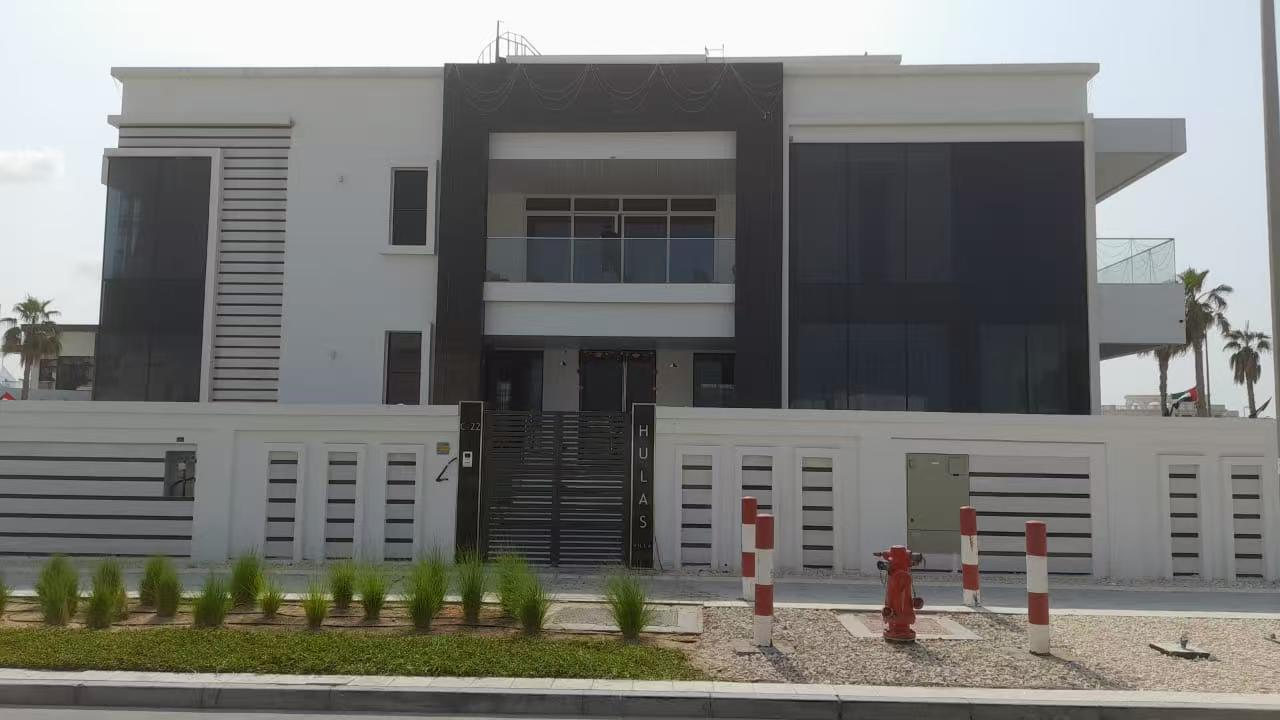Ventilating an old house can be a challenging yet rewarding endeavor. Many older homes were built with different construction standards and materials than those used today, often leading to issues such as poor air circulation, moisture accumulation, and even mold growth. Proper ventilation is essential not only for maintaining indoor air quality but also for preserving the structural integrity of the home. In this article, we will explore various strategies to effectively ventilate an old house, ensuring a healthier living environment while respecting its historical character.
Understanding the Importance of Ventilation
Before delving into specific methods, it’s crucial to understand why ventilation is vital for older homes. Poor ventilation can lead to a host of problems, including:
- Moisture Control: Excess moisture can cause wood rot, mold growth, and damage to insulation.
- Indoor Air Quality: Stale air can harbor pollutants, allergens, and odors, negatively impacting health.
- Energy Efficiency: Proper ventilation can help regulate temperature, reducing the need for excessive heating or cooling.
Assessing Your Home’s Current Ventilation
The first step in improving ventilation is to assess the existing conditions. Here are some key areas to evaluate:
- Attic and Roof Spaces: Check for adequate airflow through soffit vents and ridge vents. Insufficient ventilation can lead to heat buildup and moisture issues.
- Basements and Crawl Spaces: These areas are often neglected but are critical for overall home ventilation. Look for signs of dampness or mold.
- Windows and Doors: Ensure that windows can open and close properly to facilitate natural airflow.
Strategies for Ventilating an Old House
- Natural Ventilation
Utilizing natural ventilation is one of the most cost-effective methods for improving airflow in an old home. Here are some techniques:
- Cross Ventilation: Open windows on opposite sides of the house to create a cross breeze. This method is particularly effective in cooler months.
- Stack Ventilation: Take advantage of the natural rise of warm air. Open upper windows to allow hot air to escape while cooler air enters from lower openings.
- Mechanical Ventilation
For homes that cannot achieve adequate airflow through natural means, mechanical ventilation systems may be necessary. Options include:
- Exhaust Fans: Install exhaust fans in kitchens and bathrooms to remove moisture and odors directly from these high-use areas.
- Whole-House Ventilation Systems: Consider a balanced ventilation system that brings in fresh air while exhausting stale air. Heat Recovery Ventilators (HRVs) or Energy Recovery Ventilators (ERVs) can be particularly effective, as they exchange heat between incoming and outgoing air, maintaining indoor temperatures.
- Air Sealing and Insulation
While it may seem counterintuitive, sealing gaps and adding insulation can actually improve ventilation efficiency. Here’s how:
- Identify Leaks: Use a blower door test to find air leaks around windows, doors, and other penetrations.
- Seal and Insulate: Use caulk, weather stripping, and insulation to seal leaks. This will help maintain a consistent indoor temperature and reduce the load on your ventilation system.
- Ductless Mini-Split Systems
For homes without existing ductwork, ductless mini-split systems provide an efficient way to heat and cool individual rooms while improving ventilation. These systems can be installed with minimal disruption to the home’s structure and can be tailored to meet specific airflow needs.
Maintaining Your Ventilation System
Once you have implemented your ventilation strategy, regular maintenance is essential to ensure its effectiveness:
- Clean Filters: If using mechanical systems, regularly clean or replace filters to maintain airflow and efficiency.
- Inspect Vents: Periodically check vents and ducts for blockages or damage.
- Monitor Humidity Levels: Use a hygrometer to keep track of indoor humidity levels, aiming for a range of 30-50% to prevent mold growth.
Conclusion
Ventilating an old house requires a thoughtful approach that balances modern techniques with the home’s historical integrity. By assessing current conditions, employing natural and mechanical ventilation strategies, and maintaining your systems, you can create a healthier living environment that preserves the charm of your vintage home. Remember, effective ventilation not only enhances comfort but also protects your investment for years to come.

Average Rating